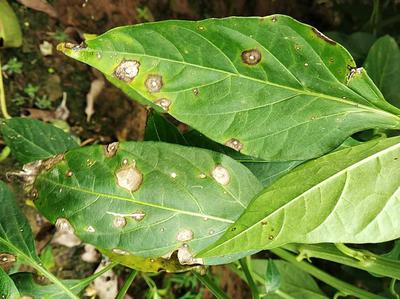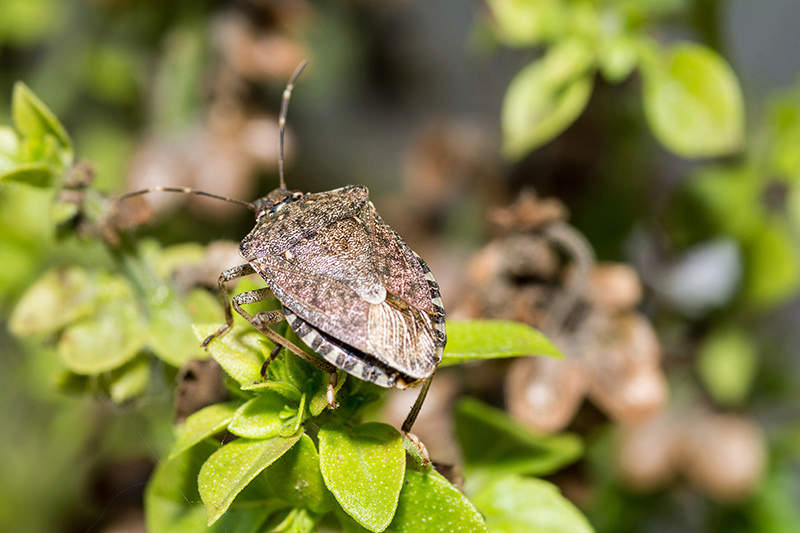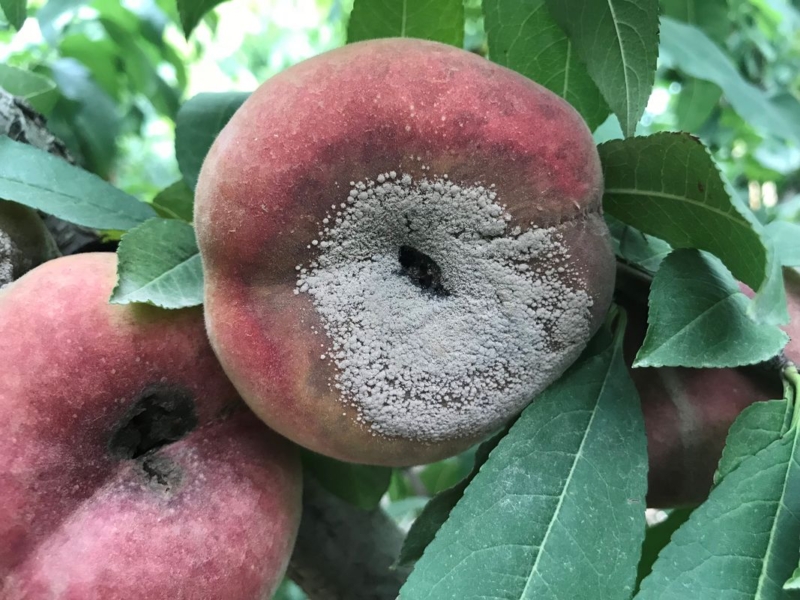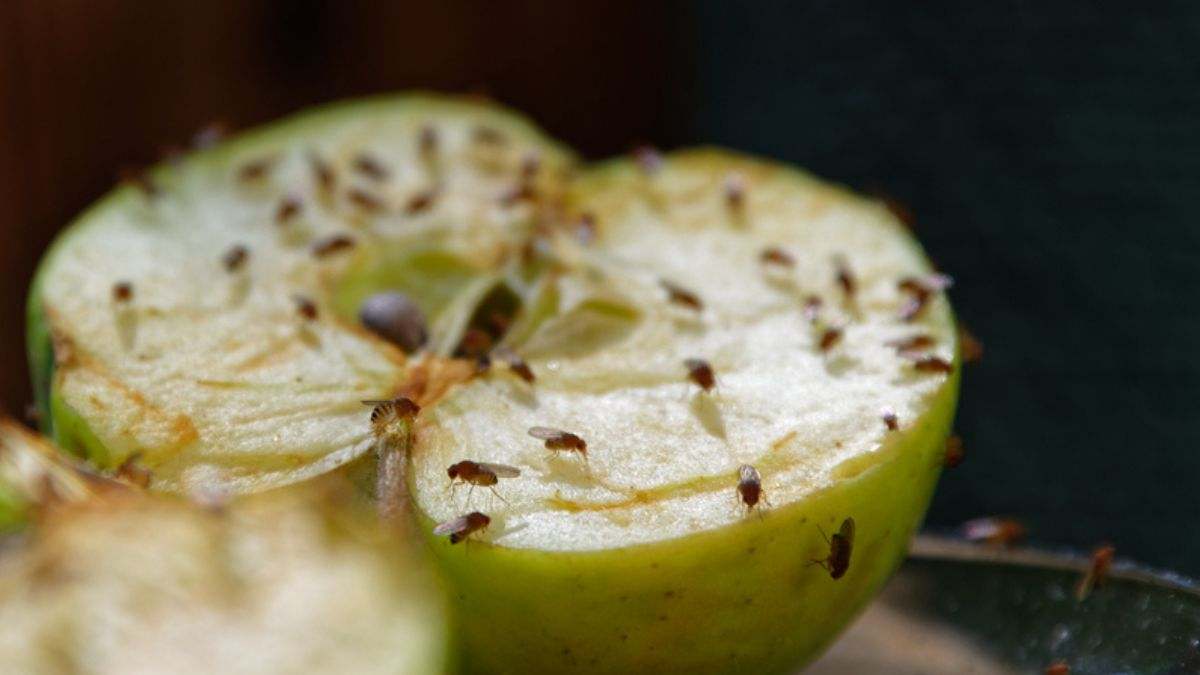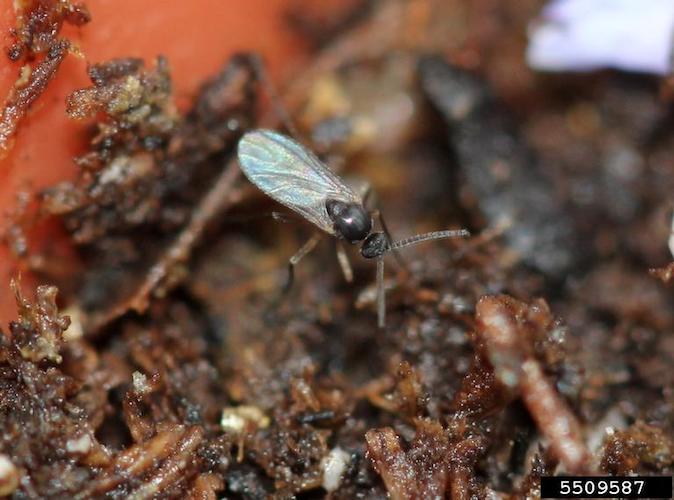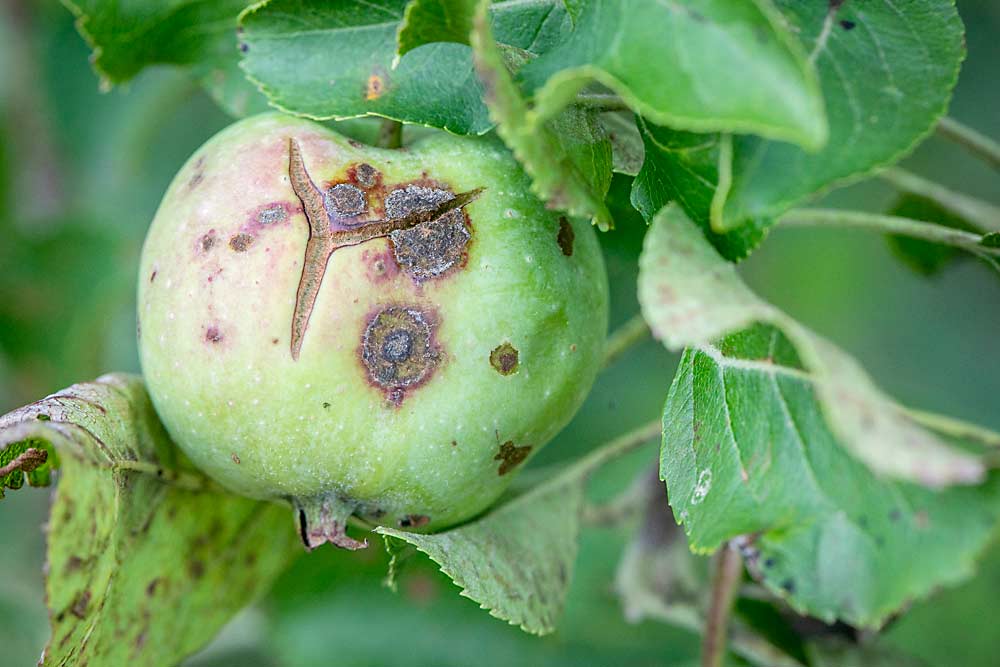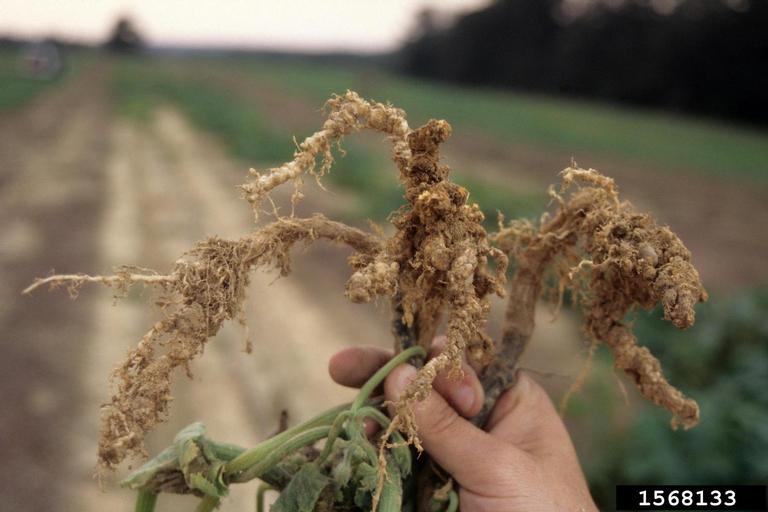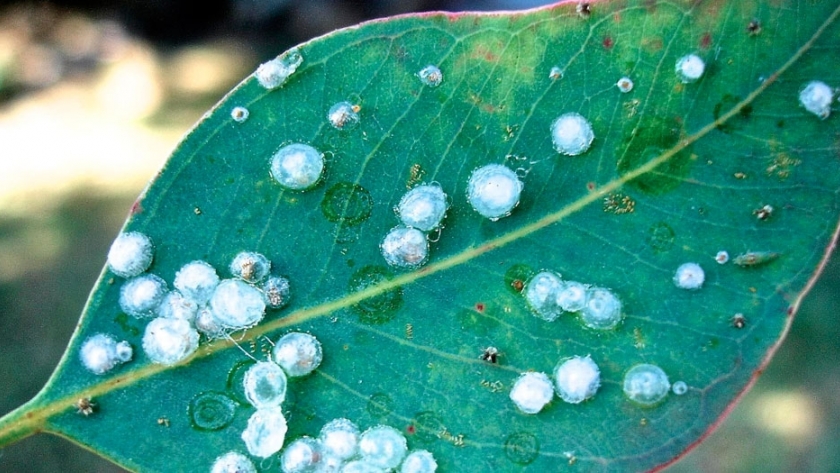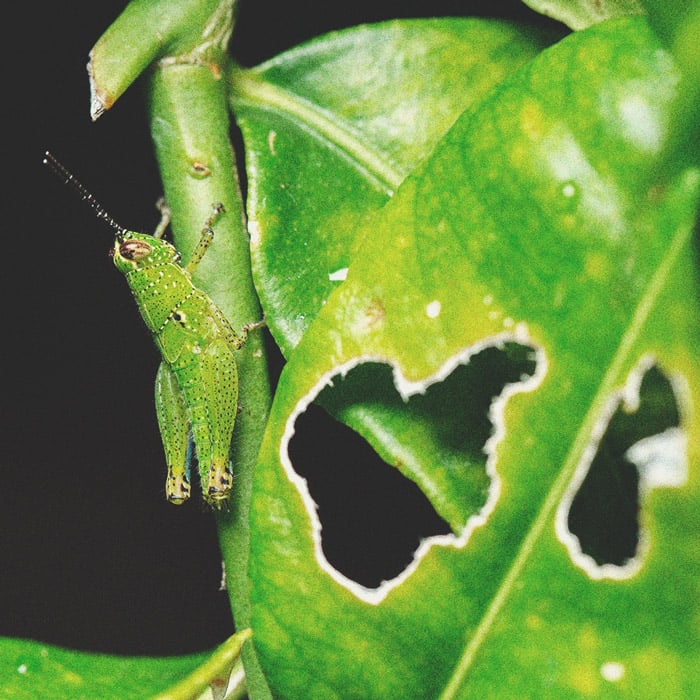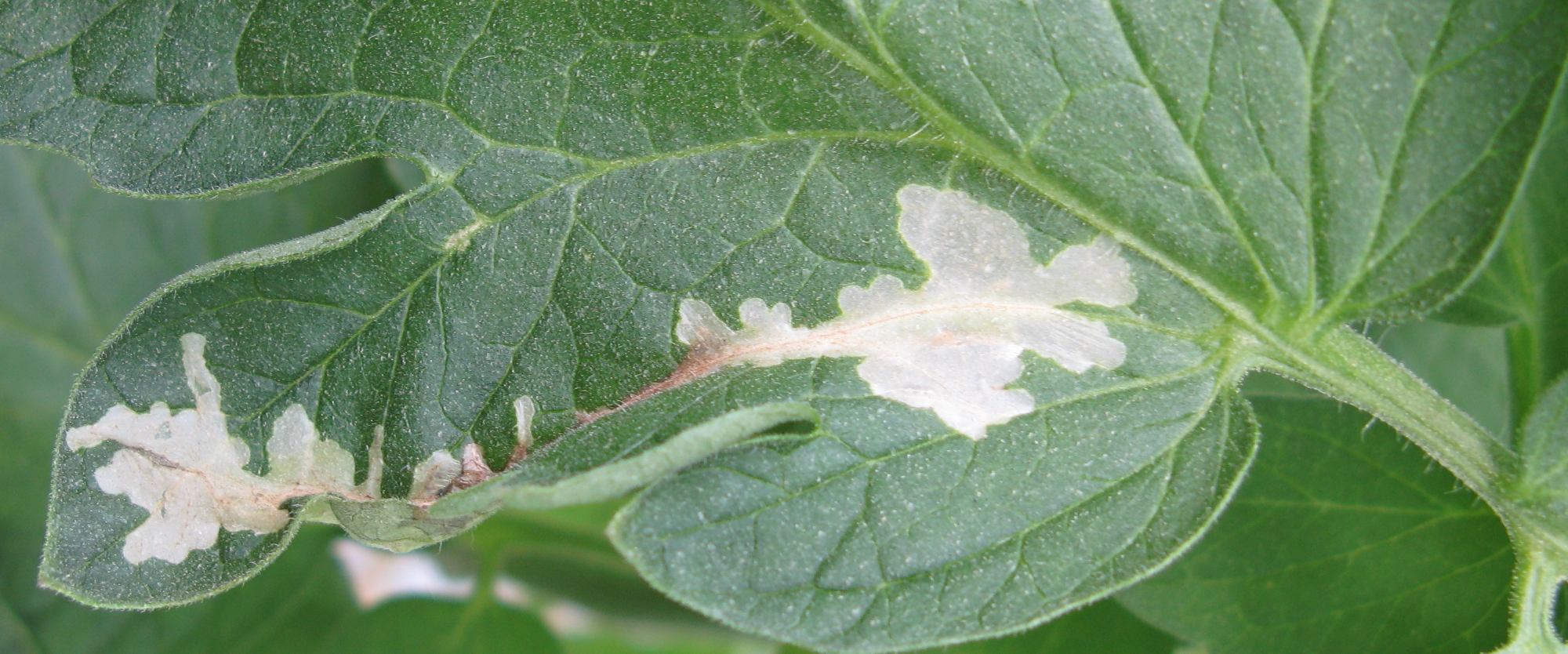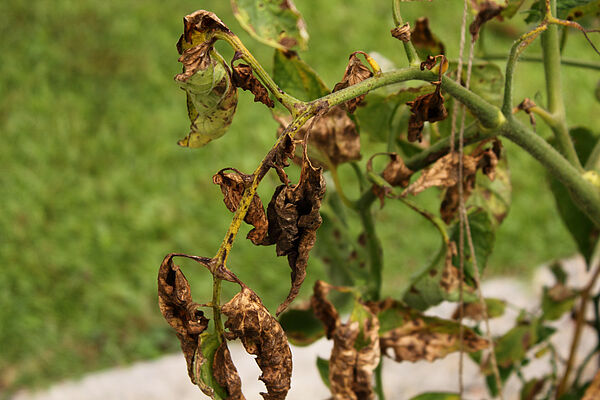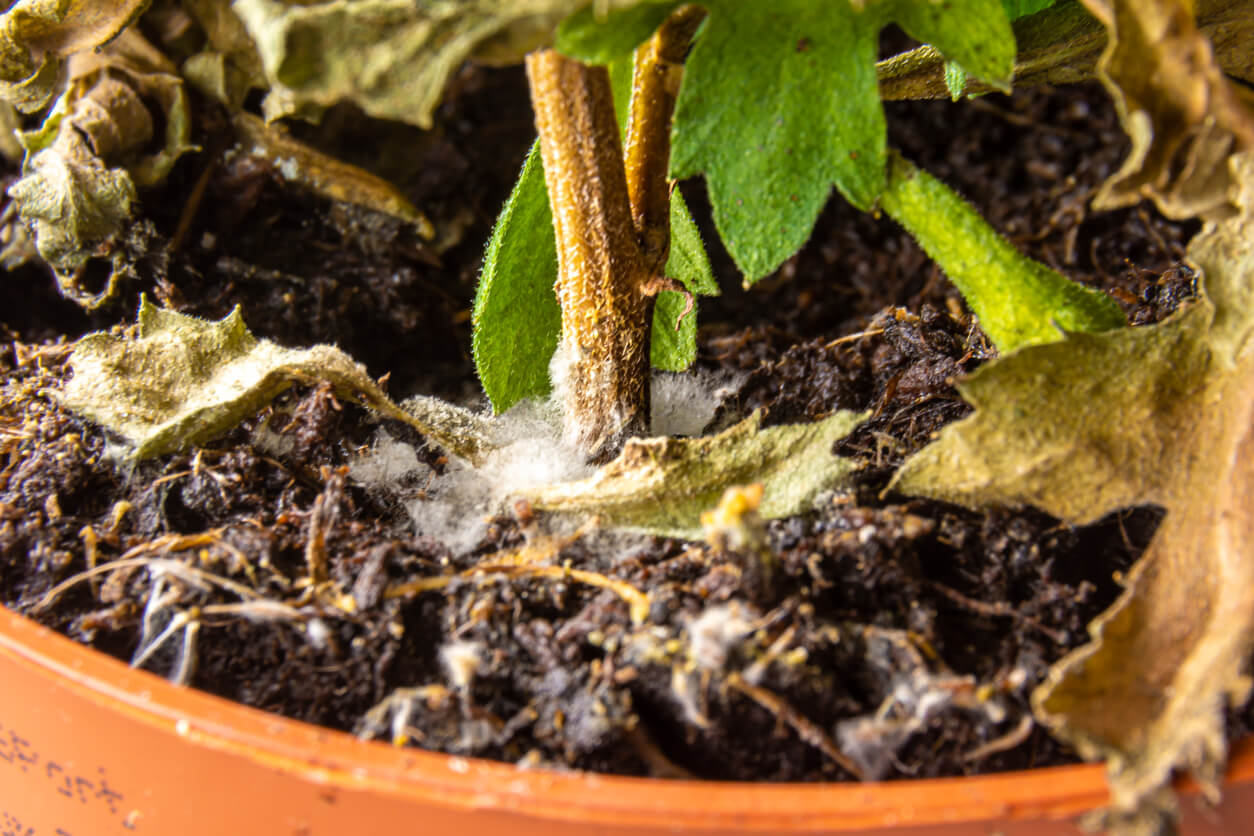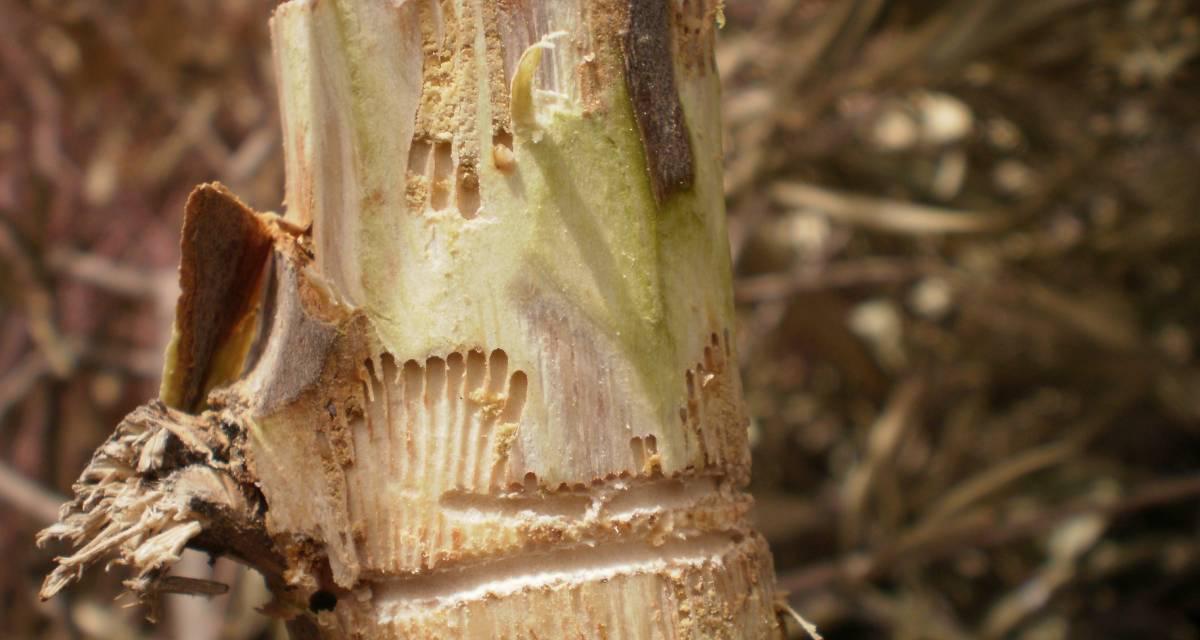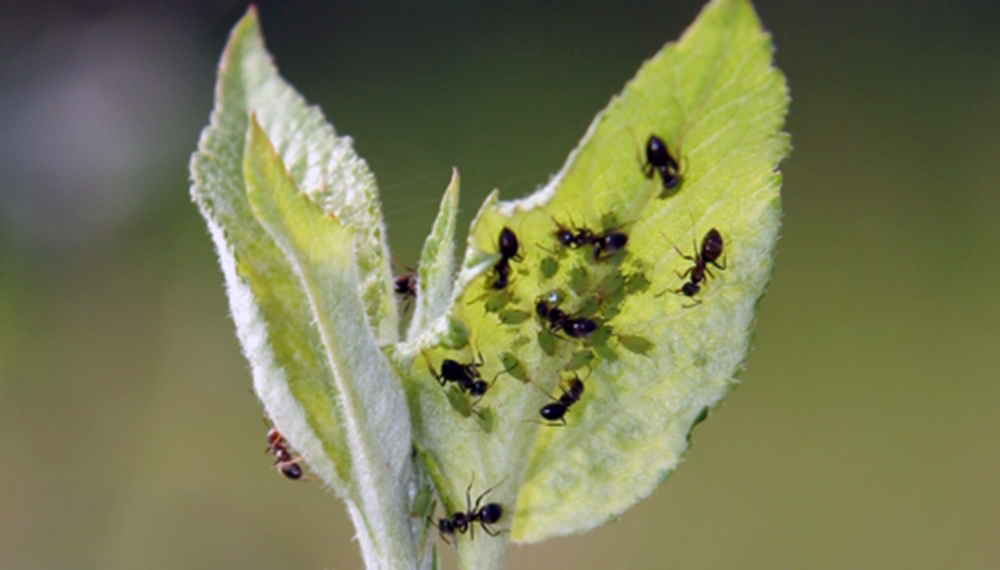
Wood Diseases (Vmd)
WHAT IT IS AND HOW TO ELIMINATE
Vid
Wood Diseases (Vmd)
Different Species
Pathogen:
Fungus
Type:
Risk to the plant:
HIGH
Seca de ramas y brotes

WHO CAUSES IT?
Wood diseases (VMD) in the vine are caused by various species of fungi, among which *Phaeomoniella chlamydospora*, *Fomitiporia mediterranea* and *Diplodia serieta* stand out, among others. These fungi penetrate the plant through wounds in the wood, generally caused by pruning or mechanical damage. Once inside, the fungi colonize the woody vessels, obstructing the flow of sap and releasing toxins that affect both the woody tissues and the green parts of the plant. The fungi can persist inside the vine for years, developing slowly and causing symptoms that often do not become evident until the infection has progressed considerably. The internal expansion of the fungus is accelerated under conditions of water stress or additional damage, eventually leading to the death of parts of the plant or even the entire vine.
SYMPTOMS
Wood diseases severely affect the vine, weakening its internal structure and reducing the plant's ability to absorb nutrients and water, which decreases its vigor and productivity. As the infection progresses, the symptoms become visible on the surface, affecting both the foliage and the buds and wood of the plant.
- Generalized decline of the plant.
- Delay in bud sprouting.
- Small, chlorotic or deformed leaves.
- Appearance of cankers in the wood.
- Regressive death of shoots.
- Dark exudates in infection areas.

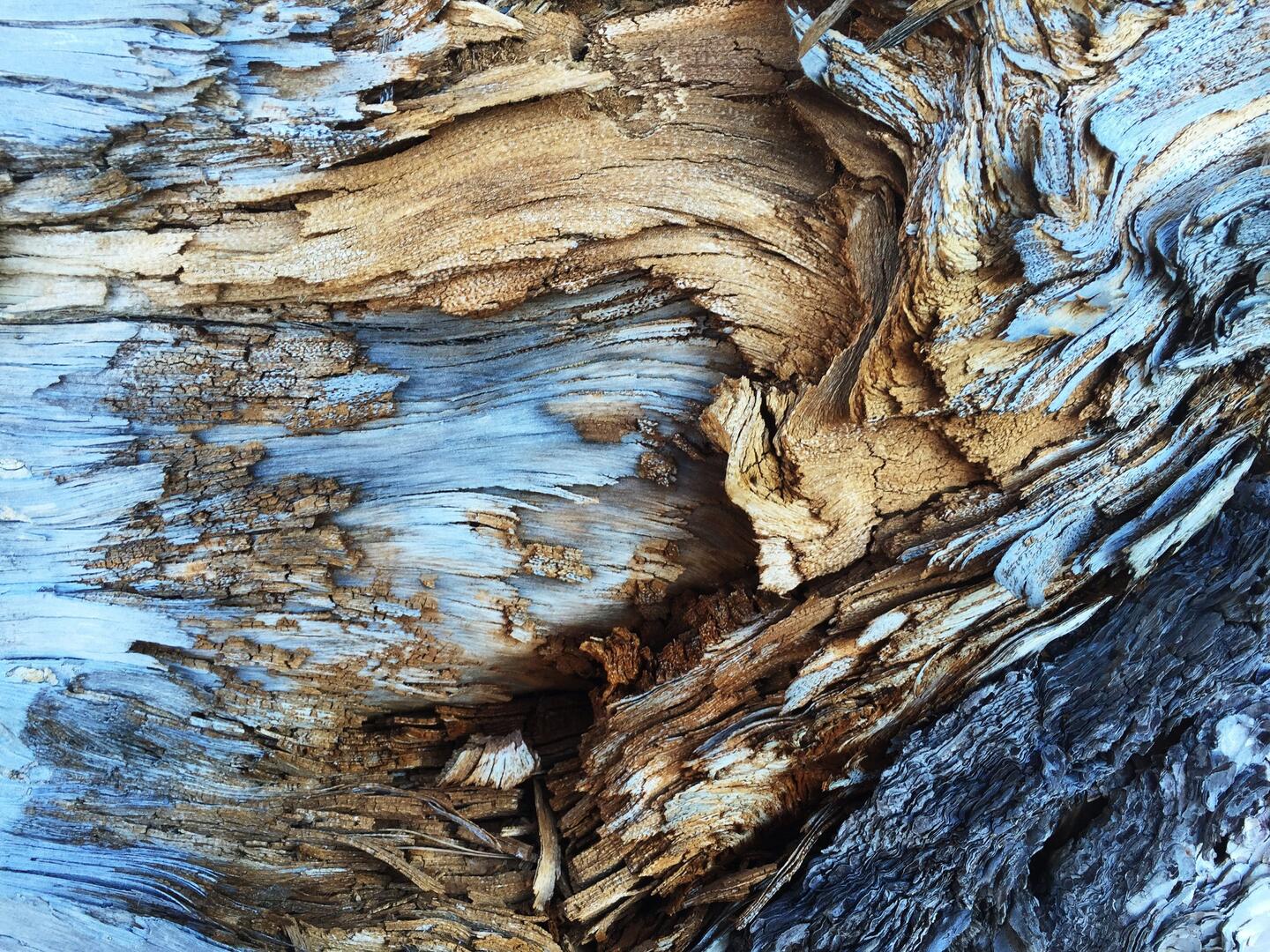

DEVELOPMENT CONDITIONS
Temperature:
18-30°C
Humidity:
70-95%
HOW IS IT SPREAD?
Pruning wounds, rain, contaminated tools, grafts, wind
HOW TO ELIMINATE IT?
Home treatments
Natural allies
There are no natural allies
Chemical treatments
RECOMMENDED PRODUCTS TO ELIMINATE THE PEST
REPELLENT PLANTS
-
RECOMMENDATIONS
- Perform clean pruning with disinfected tools.
- Do not prune on rainy or very humid days.
- Seal large cuts with healing paste.
- Improves plant ventilation by removing very dense branches.
- Remove and burn dry or affected branches.
- Avoid overwatering and make sure the water drains well.
- If the problem persists, you can use a preventative fungicide following the product instructions.





